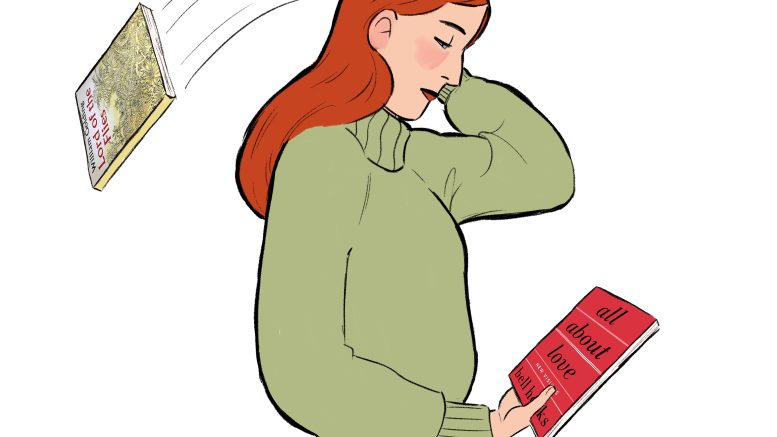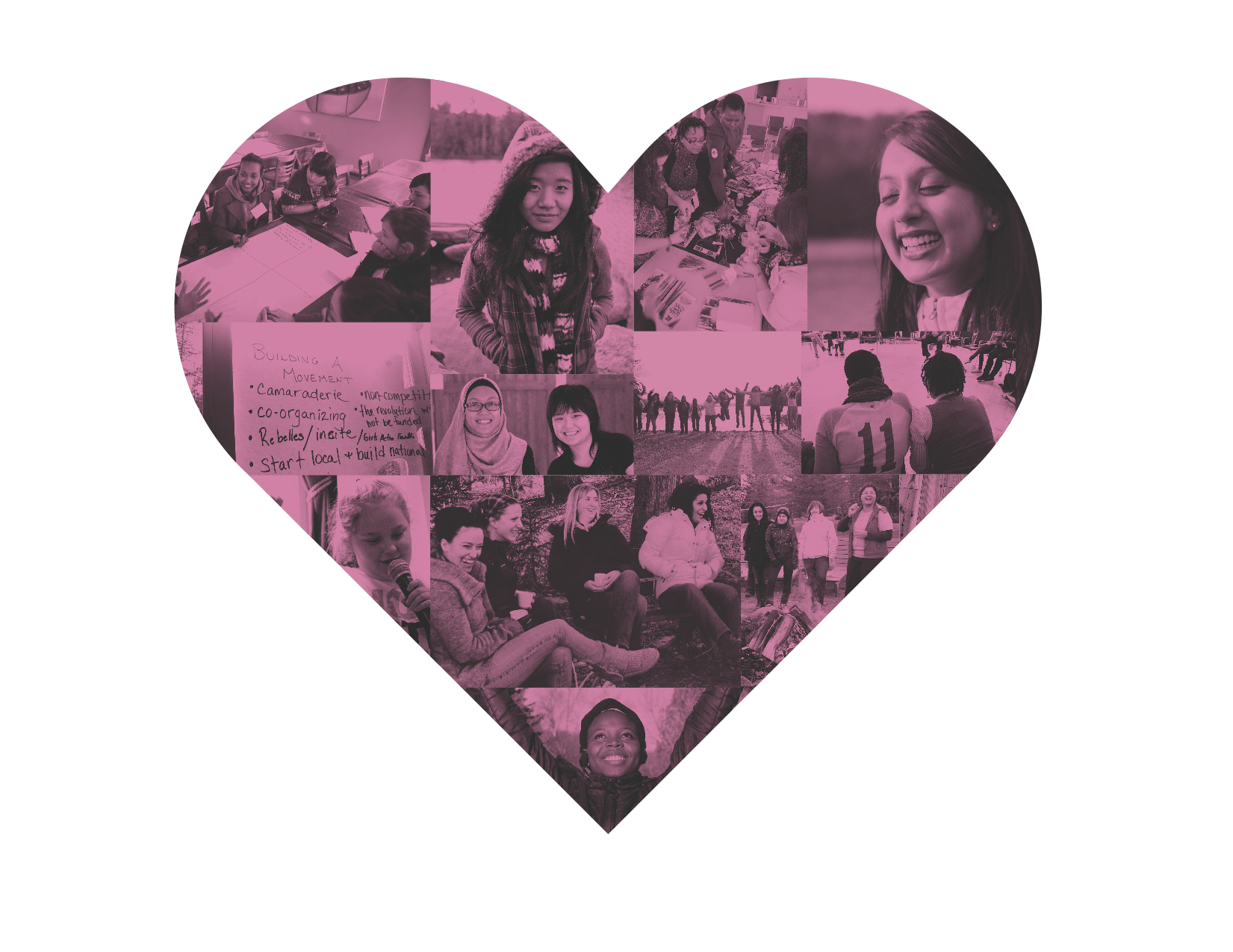There is a strong tendency in the Canadian public school system that assumes teaching curriculums that maintain the status quo in our social lives is somehow politically neutral. Teachers steer clear of hard and polarizing topics in the humanities and social sciences to avoid angry parents who might disagree with them. As a result, high school often consists of preparing students for the sciences while leaving social topics to English class and a selection of outdated western literature that has little relevance to a large portion of the class.
Few schools grapple with the fact that such a heavy emphasis on the scientific method is hampering our kids’ abilities to think beyond what they see immediately in front of them. The scientific method teaches kids that discerning objective truth is possible through neutral empirical observations — only through a complete absence of values can reality be uncovered. While this research paradigm serves its purposes for the sciences and is important to certain ends, many students, upon entering university, make the critical mistake of applying these models to our social worlds. In the process, they are hampered in their ability to understand the diverse realities that confront them on a daily basis.
After spending years being pushed through an education system that systemically privileges a single type of knowledge construction over others, students are suddenly expected to critique everything they’ve become comfortable with. They are expected to come up with informed opinions that take into account subjectivity and bias and embrace the values and ethics that guide research proposals. In short, many students, including myself, experience moments of existential crisis when they come to realize that the world of knowledge is much bigger and complex than they were initially led to believe.
Some students welcome this exciting new world of education with open arms, keen to step out of their comfort zones and learn in a more critical and analytic fashion, but others reject it completely and resent the political mess that an arts education embraces.
Simon Schaffer, a social theorist who specializes in science and technology studies, claims there is a “powerful public image of science, which is that science is organized common sense, that it’s just cookery raised to a fairly sophisticated art.” When this image of science is challenged by social theorists and trained scientists, many students are forced to come to terms with the fact that the world is a lot less comfortable and knowable than they once thought it was. It is filled with conflict and disagreements that may challenge supposedly common-sense ideas.
For example, some students learn science in high school from the typical dominator and dominated dichotomy, making clear distinctions between culture and nature — humans are dominant and observe passive subjects. Potawatomi scientist Robin Kimmerer argues that this way of thinking influences scholars to ask certain questions and neglect others. In her beautifully written book Braiding Sweetgrass: Indigenous Wisdom, Scientific Knowledge and the Teachings of Plants, Kimmerer argues that plants have agency and can express themselves relationally.
In a brilliant chapter, Kimmerer reminisces on a student’s thesis project she was advising. Kimmerer’s student wanted to know whether picking sweetgrass would have an effect on its growth patterns. Professors, upon hearing her research proposal, baulked at it — of course it would have a detrimental effect, they assumed. The student continued her research anyway and found that the sweetgrass she had picked thrived and the sweetgrass she left alone wilted and died. The observation pointed to the fact that the plant had evolved in conjunction with human cultural practices — picking the sweetgrass helped it grow. As Kimmerer noted, the “graduate committee had dismissed this point possibility from the outset. They had been taught that harvesting causes decline. And yet the grasses themselves unequivocally argued the opposite point.”
Kimmerer explains that the professors who had virtually laughed at the student’s proposal were largely from a western background and learned from binary juxtapositions such as the nature and culture divide. Meanwhile, however, Indigenous knowledge has long suggested a more relational understanding of the world — plants have their own agency and relationships with people. Hence, reciprocity and mutual respect for the plants that Kimmerer studies underpins her scientific practice. This knowledge can change the questions we ask in both science and in our social worlds.
Many educators may argue introducing social theory and critical literature would be overwhelming for high school students, and they would be right. However, these topics never come easy for students at any education level, and abruptly throwing them into the fire in university is sabotaging their ability to engage with important topics early. This is especially detrimental for people who opt to avoid university educations and will likely rely on the knowledge taught in high school for the rest of their lives.
The point of opening high schools to new forms of knowledge wouldn’t be to convince students of right or wrong answers, like most grade-school classes are structured to. Instead, it would build on students’ capacity to see the world from other peoples’ perspectives and empathize with their points of reference. In short, the point of this education wouldn’t be to teach facts and objectivity, but to teach students about tolerance, diversity, bias, ethics and much more. It would be less about what is externally knowable and more about reflecting on the different ways we know things, where those ideas come from, how they influence our lives and what type of world we wish to have in the future.
I had a professor in the early years of my university education who told me an arts degree is much less about teaching people about the world than it is about teaching students how to become better people in the world. The point of this was not that science students are somehow less ethical people — which is obviously false — but that, given the opportunity to learn about others in an open and engaged environment, students can decentre themselves and articulate diverse perspectives in a meaningful fashion. In other words, we can learn what it means to be human.
The late David Graeber famously noted that “the ultimate, hidden truth of the world is that it is something that we make, and could just as easily make differently.” This is the type of sentiment that our education system should be built on and is exactly why students must be exposed to critical literature early.





